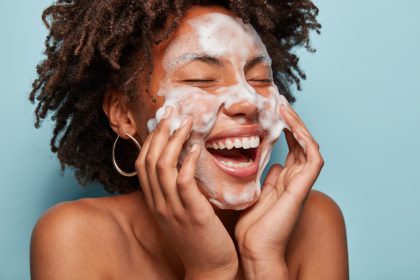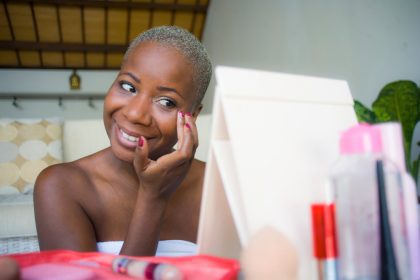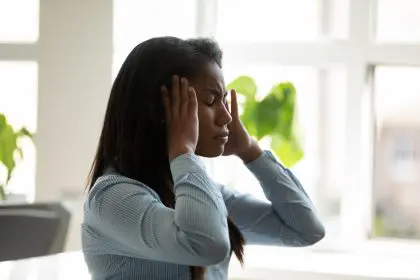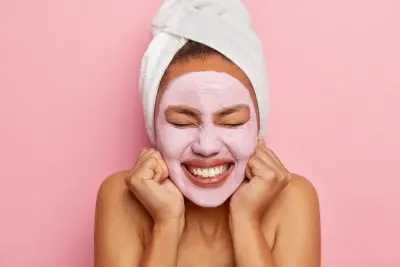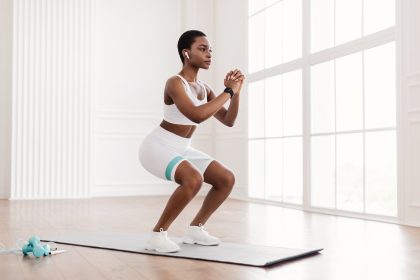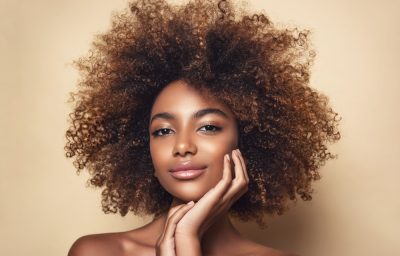Is “sleepmaxxing” the key to better rest?
In a world where most of us are walking zombies by Thursday afternoon, it’s no wonder people are obsessed with getting better sleep. Enter sleepmaxxing — the latest wellness trend taking TikTok and Instagram by storm that promises to transform your sleep from meh to magnificent.
But is this just another social media fad, or could there actually be something to it? Let’s dive into the world of sleep optimization that has everyone from influencers to medical professionals weighing in.
What exactly is sleepmaxxing anyway?
Sleep optimization on steroids. That’s essentially what sleepmaxxing is all about. It involves strategically planning and enhancing every aspect of your sleep experience to maximize those precious hours of rest.
Unlike casual sleep hygiene tips we’ve all heard before, sleepmaxxing takes things several steps further with a systematic approach to transforming your sleep quality through specific techniques, products, and routines.
Sleepmaxxers (yes, that’s what they call themselves) view sleep as something to be hacked and optimized rather than just a passive daily activity. They experiment with everything from temperature-regulating bedding to precise bedtime rituals designed to trick your brain into deeper sleep cycles.
Why it’s suddenly everywhere
The rise of sleepmaxxing coincides with our collective exhaustion. Studies show approximately one-third of adults regularly don’t get enough sleep, with modern life’s constant distractions and stressors shouldering much of the blame.
What started in niche fitness and biohacking communities has exploded across mainstream platforms, with sleep optimization videos garnering millions of views. The appeal is obvious — who wouldn’t want to wake up feeling genuinely refreshed instead of immediately reaching for that third cup of coffee?
The potential benefits worth considering
Better cognitive performance tops the list of reported benefits. Regular sleepmaxxers claim sharper focus, improved memory, and clearer thinking throughout the day.
Enhanced mood regulation is another commonly reported advantage. When you consistently get quality sleep, you’re less likely to snap at your coworker for breathing too loudly.
Improved physical recovery makes sleepmaxxing particularly popular among athletes and fitness enthusiasts. Your muscles repair themselves during deep sleep phases, which explains why many gym-goers have embraced these techniques.
Long-term health protection might be the most significant benefit. Quality sleep is linked to lower risks of heart disease, diabetes, and even certain cancers — making sleepmaxxing potentially more than just a temporary wellness trend.
The darker side nobody’s talking about
While optimizing sleep sounds universally positive, there’s a concerning aspect that doesn’t make it into the aesthetic TikTok videos: orthosomnia.
This newly recognized condition occurs when people become so obsessed with achieving perfect sleep that they actually worsen their sleep problems. The anxiety created by constantly tracking and analyzing sleep data can ironically make quality rest more elusive.
Some sleepmaxxers report checking their sleep scores first thing in the morning and feeling devastated when they don’t hit their targets. This creates a negative feedback loop where sleep anxiety leads to poorer sleep, which creates more anxiety.
Seven sleepmaxxing techniques worth trying
If you’re curious about dipping your toes into the sleepmaxxing waters without going overboard, here are some approaches with actual scientific backing:
Temperature optimization matters more than most realize. The ideal bedroom temperature for sleep is cooler than you might think — between 60-67°F (15-19°C). Many sleepmaxxers use cooling mattress toppers, moisture-wicking sheets, or programmable thermostats to create the perfect sleep environment.
Strategic light exposure can reset your circadian rhythm. Getting bright natural light within 30 minutes of waking helps signal to your brain that it’s daytime. Conversely, minimizing blue light exposure in the evening through screen filters or blue-blocking glasses helps your brain prepare for sleep.
Korean banana milk has become a sleepmaxxing staple for good reason. This simple mixture combines sleep-promoting ingredients: bananas (rich in magnesium and potassium) and milk (containing tryptophan and melatonin). Many sleepmaxxers drink it about an hour before bed.
Sleep-focused journaling helps quiet racing thoughts. Taking five minutes to write down tomorrow’s to-do list or persistent worries can prevent them from cycling through your mind when you’re trying to fall asleep.
Breathwork techniques are free and surprisingly effective. The 4-7-8 breathing method (inhale for 4 seconds, hold for 7, exhale for 8) activates your parasympathetic nervous system, helping transition your body into rest mode.
Supplement stacking is common among dedicated sleepmaxxers. Magnesium glycinate, L-theanine, and ashwagandha are frequently combined for their complementary sleep-promoting properties.
Silk or bamboo bedding isn’t just luxurious—these materials regulate temperature better than cotton and create less friction against skin and hair, potentially preventing sleep disruptions.
Finding your personal sleep sweet spot
The most successful aspect of sleepmaxxing might be its emphasis on personalization. What works beautifully for one person might be completely ineffective for another.
Sleep experts suggest introducing one change at a time and evaluating its impact over at least a week before adding another. This methodical approach helps identify which techniques actually improve your individual sleep quality without overwhelming your system with too many changes.
The bottom line? Sleep optimization techniques can genuinely improve your rest quality, but becoming obsessive about sleep metrics might do more harm than good. The sweet spot lies somewhere between intentional sleep practices and allowing yourself grace when perfect sleep remains elusive.
After all, the true measure of good sleep isn’t what your tracking app says—it’s how you feel when you wake up and throughout your day. And that’s something worth maximizing.


